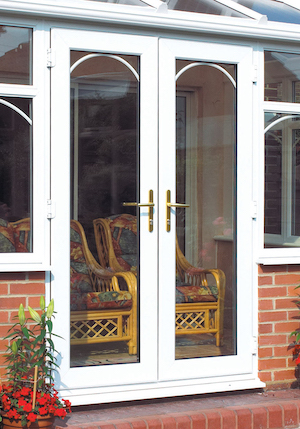French doors have long been a beloved choice for homeowners looking for elegance and performance for their home. Characterized by their big panes of glass and the capability to open completely, French doors can change a space by inviting natural light and creating a smooth connection in between indoor and outside environments. However, like any other door, they may need adjustments in time to keep their ideal performance. This short article will dive into the nuances of French door adjustment, exploring why changes are needed, how to perform them, and answering common questions on the subject.
French doors generally consist of 2 panels that swing open from the center. They may have various locking mechanisms, hinges, and frame configurations, which all play a function in their total functionality. Here are some common components involved:

Over time, French doors can experience misalignment due to:
Proper adjustment of French doors is important to keep not just their visual appeal but likewise their functionality.
Changing French doors involves a number of steps and might vary slightly depending on the specific setup. Nevertheless, the following general procedure uses widely to most French door setups.
While lots of homeowners can deal with small changes separately, some circumstances call for professional consultation:
1. How typically must I change my French doors?Adjustments ought to
be made as needed. A seasonal check is recommended to make sure optimal functionality, particularly after considerable weather changes. 2. What tools do I require for adjustment?Basic tools include
a screwdriver, level, Allen wrench, and shims for
supporting unequal thresholds. 3. Why is my French door sticking?Sticking might arise from humidity causing the door to swell or from
misaligned hinges. Check for grooves and change as necessary. 4. Can I adjust exterior French Door Repairs doors myself?Yes, with standard tools and a little knowledge of the components, a lot of house owners can deal with simple changes.

5. What if my French doors won't close properly?This can indicate serious misalignment or harmed hardware. Examine the circumstance and consider professional aid if it can not be resolved with easy changes. French doors can considerably improve the visual and practical qualities of a home. Though they may need periodic adjustments due to numerous elements such as settling, humidity, and routine usage, a couple of easy actions can restore their efficiency. Routine examinations and proactive maintenance can lengthen the life-span of French doors, allowing house owners to enjoy their beauty and utility for many years to come. Ultimately, a well-adjusted set of French doors not only serves practical purposes however also contributes to the total beauty of any space. Summary Table: Key Points for French Door Adjustment Aspect Description Elements Hinges, locks, locks, threshold Common Issues Misalignment, sticking, gaps Tools Needed Screwdriver, level, Allen wrench, shims Adjustment Steps Examine, adjust No Data Found!hinges, examine positioning Maintenance Tips Regular clean-up,
inspect for wear, replace seals When to Seek Help Complex issues or structural issues With this understanding at hand, homeowners can guarantee their French doors remain not simply practical, but also a stunning function of their living area.
Organization Type
Public Sector Bank
Company Size
Only Me
Contact Information
Location
Open Positions (0)

